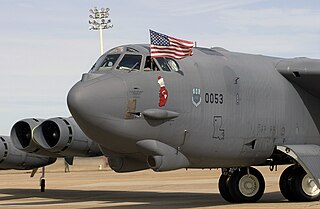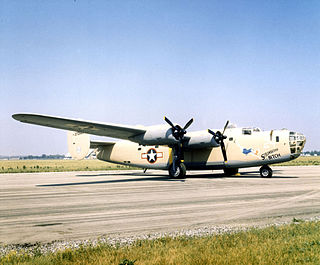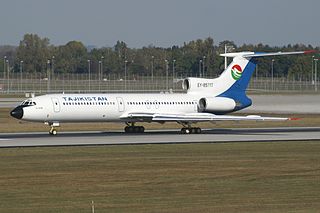Plot
While returning from a World War II bombing mission, a United States Army Air Forces B-25 Mitchell bomber sustains damage from action with German fighters. Without any order to abandon the aircraft, the navigator, Lieutenant Hamner (Richard Basehart), panics and bails out. Having no navigator, the remaining crew was now lost and overfly their base by 300 miles. The five remaining crewmen, believing they are still over water, bail out and survive their parachute landings, although one of the crew, Brandy (Dennis Cooney), is badly injured. Needing water and desert survival gear, one of the group, Tony (Lou Antonio), walks to the aircraft following the heading that would have been flown, hoping to find the aircraft and bring back much needed supplies. The aircraft had eventually crash landed in the Libyan desert.
Unfortunately, when Tony arrives at the bomber and crawls underneath the tail to escape the sun, the tail, which has been hanging precariously, breaks away, instantly crushing him. After several days beneath the relentless African sun, the remaining crewmen ultimately die of exposure. Their ghosts make their way back to the wreckage of the aircraft where they spend the next 17 years in a type of limbo state, playing baseball and longing for repatriation back to their home country, which can occur only if their bodies are recovered.
An oil surveying aircraft finally spots the wreckage, reporting the discovery back to the United States Air Force. Seeing the survey aircraft and realizing that they are soon about to "have visitors", the five remaining crew members' ghosts begin returning the aircraft to its state at the time of the crash, putting objects and artifacts in their original positions in hopes of convincing their visitors they had stayed with the aircraft and hopefully inducing them to search for their bodies.
Having survived the crash, Hamner, who had remained in the military after the war and is now an Air Force brigadier general, is asked by investigators Lieutenant Colonel Josef Gronke (William Shatner) and Major Michael Devlin (Vince Edwards) to accompany their team to the remains of the B-25. Fearing disciplinary action and the end of his military career should the truth of his cowardice be found out, he tries to convince Gronke and Devlin that the entire crew bailed out over the Mediterranean with him and that the pilotless aircraft somehow flew on by itself. Although the discovery of a harmonica belonging to crewman Gant (Lawrence P. Casey) indicates that the crew did not bail out over the sea, the bodies are nowhere to be seen.
Unable to find evidence to the contrary, the team has no choice but to accept Hamner's explanation, though Devlin is convinced that Hamner is lying, knowing firsthand the guilt over his own bad judgment when he crashed his military aircraft in California, killing some school children. Devlin confronts an inebriated Hamner, who finally admits his actions, although he points out that pilot Mac (Patrick Wayne) had turned down navigator Hamner's heading to a Nazi occupied landing point, and then believed that the others had probably (and "should have") bailed out rather than flying on in the damaged aircraft.
When Devlin returns to his tent, the ghosts of the crew make their appearance to Hamner, leading him to flee in panic across the desert in a jeep. Followed by the investigators, the chase ends with them arriving at the scene of an abandoned life raft (the crew having abandoned the aircraft in the darkness, convinced they were still over open water), revealing to the entire team what Hamner has already admitted to Devlin.
The heading to the life raft and an estimate of how long they could survive on foot helps the team find the missing bodies. The ghost of each crewman vanishes as their bodies are recovered, their spirits accompanying their remains back to the United States. Tony, however, had died under the tail of the aircraft and a solitary Tony remains at the aircraft. A glimmer of hope remains, as a diary is found near Mac's body, mentioning Tony's return to the aircraft. The team decides to make one final detailed search at the crash site.











